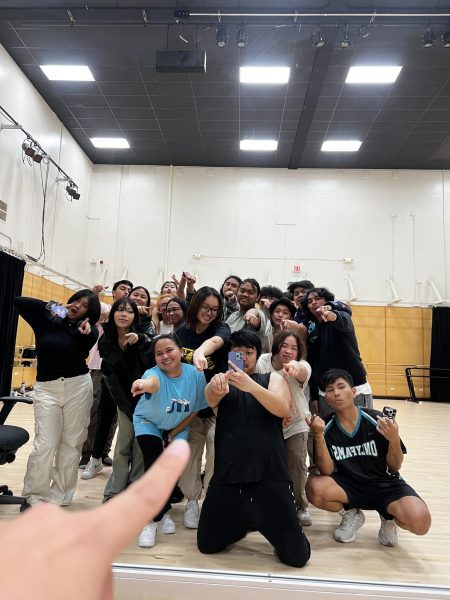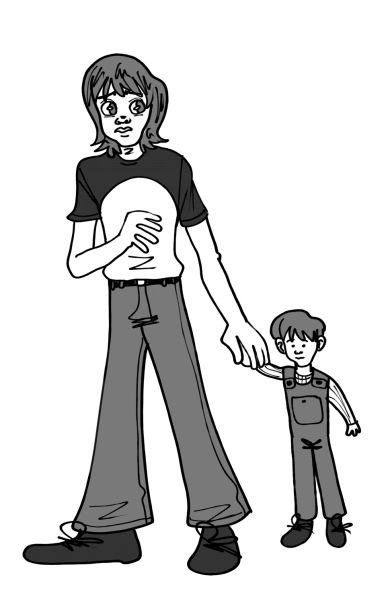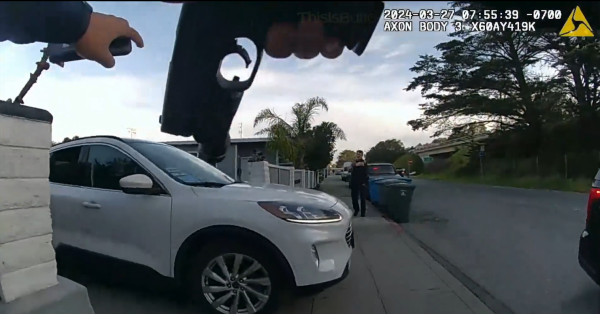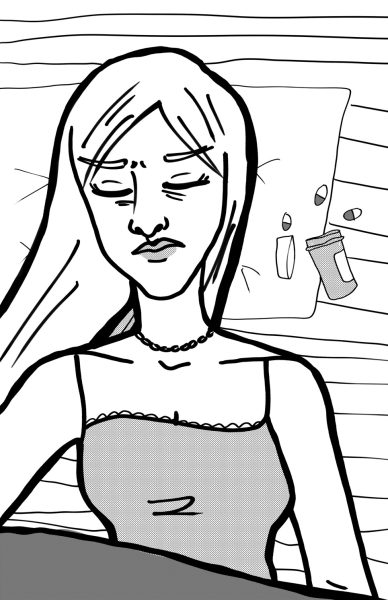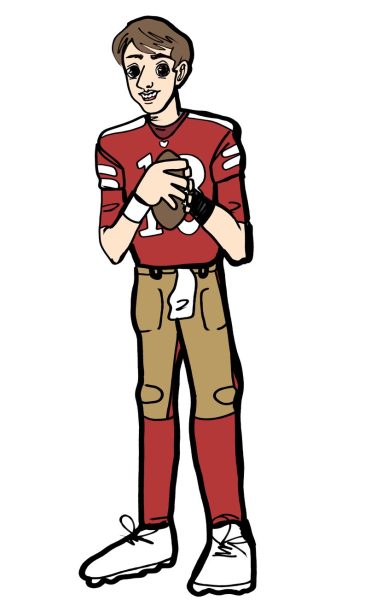Going behind the scenes with the cast of, “The Matchmaker”
“The Matchmaker”, directed by Kevin Simmers will play a limited engagement from Nov. 16 to Nov. 19. “The Matchmaker” is an adaptation from “The Merchant of Yonkers” written by English Dramatist John Oxenford in the 1835. In 1954, Thornton Wilder will later extend it with minor revisions for the Edinburgh Festival thus becoming a farce in four acts.
Director Simmers orchestrates the cast members in a fast manner, “A lot of comings and goings, you do not want empty spaces”, he preached. The purpose is to keep the play lively. In this play, “The Matchmaker”, is set in the 1880s New York, post-Civil war era. The male lead is an old, bitter and wealthy aristocrat named Mr. Horace Vandergelder. He decided it was time he had a wife so he employs Mrs. Dolly Levi, a matchmaker who promises to find him true love but secretly plans on stealing his wealth for herself. As she installs her plan into motion, she inevitably becomes involved with two of Vandergelder’s employees, two young men, and a runaway couple consisting of Vandergelder’s niece and her lover.
In this comedy, the actors aim to entertain it’s audience through highly exaggerated and improbable situations. Farces are often set in a particular location, so in this production the Skyline Theater Club has a fixed set in the background. However, to decipher between acts they have props that help the audience to distinguish between outside and inside settings.
Another way they change up the scenes is through music. They play a list of songs (except few songs) provided by copyrights of the publisher Samuel French. Brendan O’Neill who works on the tech team stated that the coordination between the digital media component and the play is that every sound and transition is based on the play’s lines. The difference between the sound bites (background music) effects the mood of the scenes and the music is more for transitions between scenes. They use sound bites to exaggerate a particular point of a scene.
Lighting can be used not just as an introduction or conclusion of a scene, but different tints and brightness can set up the mood or precursor for turning points. During these in between scenes, as the music is playing, the actors are hustling around on stage to arrange the next scene.
Stage Manager Rorey Azucen talked about more about transitions between sets. “[We] Usually go in ordinance of the script,” Azucen said. “I have people entering at certain spots on set. I will have them grab certain props on set to line up with their positions.”
The main stage is a solid piece and must build props that were put together by the technical team. It is important to move quickly through the play to keep the audience entertained not just behind the scenes, but on stage as well.
I asked Salma Zepeda, who plays Mrs. Levi, how she knew what role she wanted to audition for.
“I debated between two characters: it was Mrs Levi and somebody else,” Zepeda said. “But Mrs. Levi felt a little laborious at first and it felt so right. It came together.”
When asked if she sometimes feels like Mrs. Levi, she said that she feels like there are times off stage that she does embody her character.
“She can see herself like that,” Zepeda said. Mrs. Levi is her first lead female character and she is becoming more comfortable with the role. What she likes most about the play, is something outside herself.
“Well not just me,” She said. “But a lot of us feel appreciated as performers. Because Director Simmers was once an actor himself, he takes care of us and makes sure we are comfortable.”



